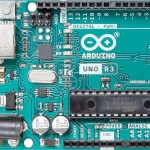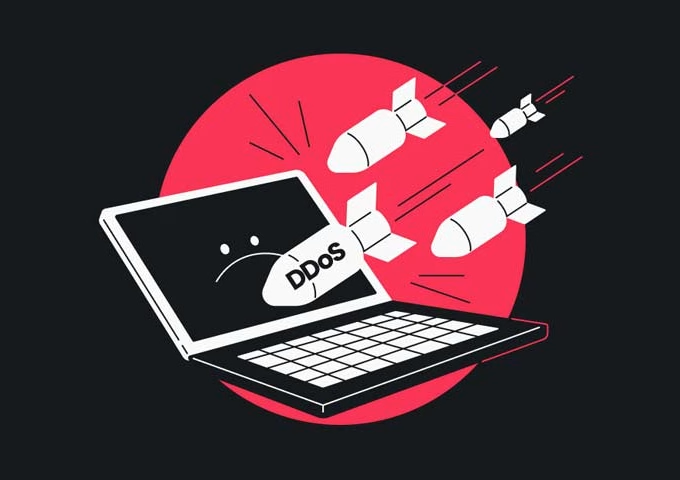The HR department is a critical cog in the business. It handles many important and repetitive processes that affect the entire company.
But HR professionals often need help to keep their technology systems running smoothly and efficiently. This is where integrations can help.
Businesses seeking efficient timekeeping solutions may consider this ADP clock in system. It offers real-time tracking, overtime calculations, and detailed reporting to streamline operations. Employees benefit from its simplicity, easily clocking in and out, while managers access tools for attendance monitoring, shift scheduling, and labor data analysis. This system integrates seamlessly into various work environments, enhancing productivity and ensuring accurate time management.
Benefits of Integration
Using multiple HR systems can lead to data silos, resulting in duplicate information, inaccuracies, and a lack of visibility. This is especially problematic when it comes to reporting and compliance. Manually entering data in different systems is time-consuming and can be prone to errors. A single database can eliminate this problem and save valuable team members time on more critical tasks.
Some vendors offer marketplace integrations of their systems with other solutions, so HR doesn’t have to worry about building the necessary integrations themselves. This can be a great solution, as it alleviates the workload of your IT team and will likely reduce costs. Alternatively, your vendor may have its integrations team help you with the process and provide training and best practices.
Customers have reported that implementing HR systems integrations like Finch can increase efficiency and productivity within the team. It’s also much easier for employees to self-serve their data when integrated. This will help with employee engagement and decrease the support needed from HR teams, freeing up more time for them to focus on more strategic activities. If you’re considering integrating your HR systems, it’s essential to understand that the benefits are far-reaching and can be a crucial differentiator for your business.
Streamlined Processes
Keeping tabs on every aspect of HR is hard work. HR managers must abide by numerous rules and juggle data sets from multiple systems to meet reporting requirements. This leads to the risk of mistakes – an extra zero in a salary number, a missing letter in an address, or simply typing the same information into two locations – that can compromise the integrity of the data and lead to clerical errors.
Integrating your HR management tools can help to remove these barriers, resulting in more streamlined processes and a more efficient team. The streamlined workflows resulting from integration can make it easier for employees to access the needed data without contacting the HR team.
It can also save HR time by removing the need to update multiple systems manually. For example, entering a new employee’s details into your HRIS automatically updates your LMS and payroll services. This frees the HR team to spend more time on strategic projects for the company.
Having integrated systems can also improve cross-functional collaboration between HR departments. This is often difficult when your tools are separated, as the teams overseeing recruiting, learning and development, compensation, and other functions may need more incentive or time to work together. However, integrating your systems can facilitate this type of cooperation and ensure that the entire business benefits from a comprehensive set of workforce analytics.
Reduced Errors
When data is siloed in different systems, keeping track of important information becomes more difficult. This can also lead to issues with compliance and increased risk due to human error. When systems are integrated, however, data is automatically transferred between platforms, and there is less chance of error.
In addition, integrating systems can save HR team members a considerable amount of time. For example, when a new hire’s information is entered into the HR system of record from the ATS or LMS, it will automatically be updated in payroll, reducing the need to enter this information again manually. This common process often takes up a lot of time for HR teams.
Depending on the two software solutions, HR teams can use a pre-packaged integration solution through a marketplace provider. A more custom and labor-intensive solution may be needed if this is different. In this case, an iPaaS (integration platform as a service) can create connections between each piece of software. In this scenario, the IT team will still need to be involved, but they can build the integrations themselves without building them themselves. This allows them to focus on other projects that may be more beneficial and valuable to the department.
Increased Visibility
When HR departments integrate applications, they can see a complete picture of their people’s data. This helps them spot trends and patterns that can lead to more efficient, effective business practices, better hiring decisions, and increased productivity.
Integrating HRIS, ATS, LMS, and payroll eliminates the time-consuming task of manually entering employee information into different systems. This ensures accuracy and reduces the risk of noncompliance with payroll regulations. It also creates new opportunities for HR to analyze and report on their data.
A virtual mailbox service can further streamline HR processes by eliminating the need to have employees handle physical mail. It also gives employees a central hub to access important documents and communicate with their teams.
While the benefits of HR integrations are clear, implementing one can be challenging. Integrating different software solutions can be overwhelming, and even the most experienced HR team may encounter resistance to change from other department leaders or employees.
With APIs, apps, and a growing emphasis on integration standards, it is easier than ever to piece together an HR suite of tools that works for your organization.

















